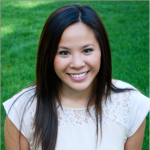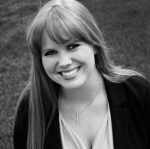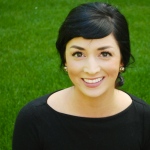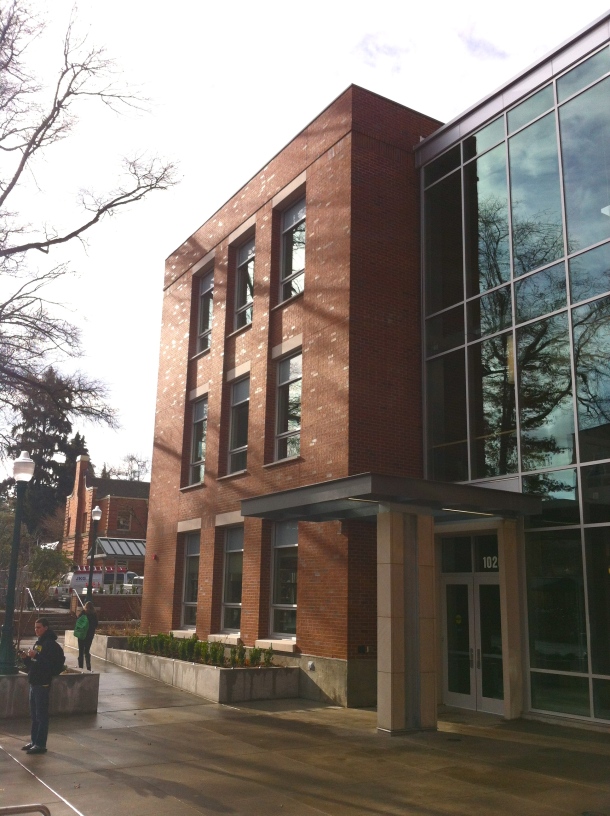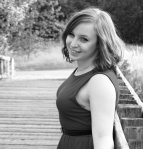As membership dues quickly approach, students frequently ask about the benefits of becoming a PRSSA member. While students don’t need to be dues-paying members to participate in PRSSA meetings or activities, there are a number of benefits to paying dues! According to PRSSA National, here are a few reasons why you should become a member:
- Enhance your education – events, activities, competitions, scholarships, leadership
- Broaden your network – events, social media, PRSA chapter
- Launch your career – PRSSA internship center, PRSA job center
Once you become a member, you have access to:
- PRSSA National scholarships and awards – Individual scholarships and awards are given to PRSSA members who demonstrate ethics, advocacy of professionalism, leadership and involvement.
- PRSSA National news publications and web resources – PRSSA National provides news about the public relations profession.
- PRSSA National internship center and PRSA job center – The internship and job center offer listings of openings available to PRSSA members.
- Professionals – UO PRSSA works with PRSA and other PR professionals to encourage communication and insight among members from each organization.
In addition to these benefits, you are eligible to join PRSA as an associate member for $60 – compared to $225 for non-members – up to five months before or two years after you graduate.
Membership dues are $80 per student annually and are due Monday, Oct. 21 by 5 p.m. in the UO PRSSA mailbox on the second floor of Allen Hall. You are welcome to pay with cash or check – please make checks out to ‘University of Oregon PRSSA.’
If you have any questions, shoot us an email at prssa@jcomm.uoregon.edu!
Kathleen Nguyen, finance director for the 2013-2013 school year, is a senior at the University of Oregon studying public relations. You can reach Kathleen at knguyen3@uoregon.edu.



